Seaweed: A natural resource with potential
At a conference held in Glasgow last week Welsh scientists revealed the use of a kelp species known as Laminaria digitata could provide an important alternative to biofuels grown on land, but the suitability of its chemical composition varies on a seasonal basis. Their study shows harvesting in July when carbohydrate levels in the kelp are at their highest would ensure optimal sugar release for biofuel production. Metals can inhibit the fermentation process into ethanol but their samples also confirm July is the month when metal content is lowest in kelp. Kelp can be converted to biofuels in different ways such as fermentation or anaerobic digestion producing ethanol and methane, or by pyrolysis, a method of heating the fuel without oxygen, which produces bio-oil. “Seaweed biofuel could be very important in future energy production,” says Dr. Jessica Adams, a lead researcher at Aberystwyth University, where the study was conducted. “What biofuels provide that other renewables such as wind power cannot is a storable energy source that we can use when the wind drops.”
A report, Mapping the intertidal seaweed resources of the Outer Hebrides, was published in June. It was commissioned by various agencies and the research undertaken by the Scottish Association for Marine Science (SAMS) and the Hebridean Seaweed Company with a primary focus on knotted wrack Ascophyllum nodosum. Their report maps where this rockweed is to be found, in what quantities, and compares the figures to Scottish Seaweed Research Association findings in the 1940s. The total map-based estimates of the biomass of rockweed was estimated at 175,000 tonnes, but only 60,700 tonnes (36%) is accessible – less than 3km from landing sites. Most of the seaweed is found in Lewis (41%), followed by North Uist (22%), South Uist (19%), Harris (16%) and Barra having very little (2%). The report suggests that with more landing sites the harvest could increase to 90,000 tonnes – or 59% of the total. But scientists believe a more sustainable amount would be 15,000 tonnes, as areas have to be left for four years for the plants to grow. A ‘green gold’ rush could prove disastrous! Any large-scale collection of kelp, found in deeper water, could exacerbate coastal erosion, as the plants form natural storm barriers.
Throughout the course of this trip, participants will have the opportunity to learn more about seaweed. SAMS based just outside Oban are involved with the BioMara project that aims to determine the feasibility of producing biofuel from both macroalgae (seaweeds) and microalgae (single-celled plants).
On South Uist there are plans to build a large scale £20m processing plant in Lochboisdale to manufacture chemicals from indigenous seaweeds. Ayshire-based firm Marine Biopolymers and Strathclyde University are behind the proposal who say any new factory might generate £30-£50m in revenue and could create up to 60 permanent jobs. Two types of seaweed, understood to be kelp and bladder wrack, known locally as tangle and Asco, would be processed using a system claimed to be cheaper and four times faster than older traditional extraction methods. However, concerns have already been expressed about the scale of such an operation and how such an alginate plant would get rid of large amounts of effluent waste so as to avoid pollution or harm to salmon farms and shellfish.
On Lewis, the Hebridean Seaweed Company, set up in 2006 just outside Stornoway, has grown steadily and hopes to harvest about 7,000 tonnes this year for use in the animal feed supplement, soil enhancement, alginate, cosmetics and nutraceutical industries. The company is also a partner in two EC funded research programmes – HYFFI (Hydrocolloid Derivatives as Functional Food Ingredients) and SWAFAX (Seaweed derived anti-inflammatory agents and antioxidants) – about which considerably more detail can be found on the Seaweed for Health site.
It would be great if one, or more, of the artists on this voyage could somehow ‘celebrate’ the natural wonders and potential bounty of seaweed to the Western Isles.
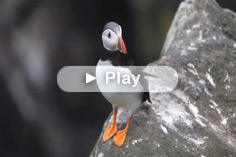



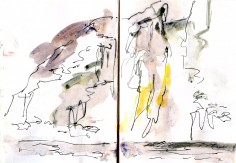
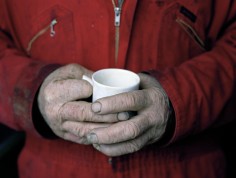
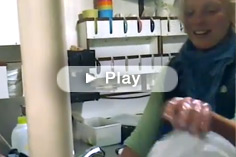
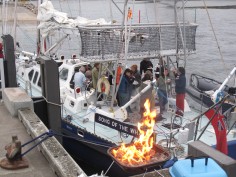

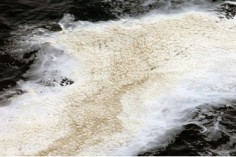
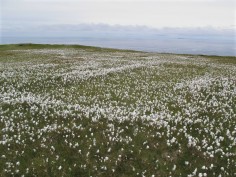

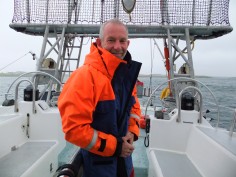








No Comments